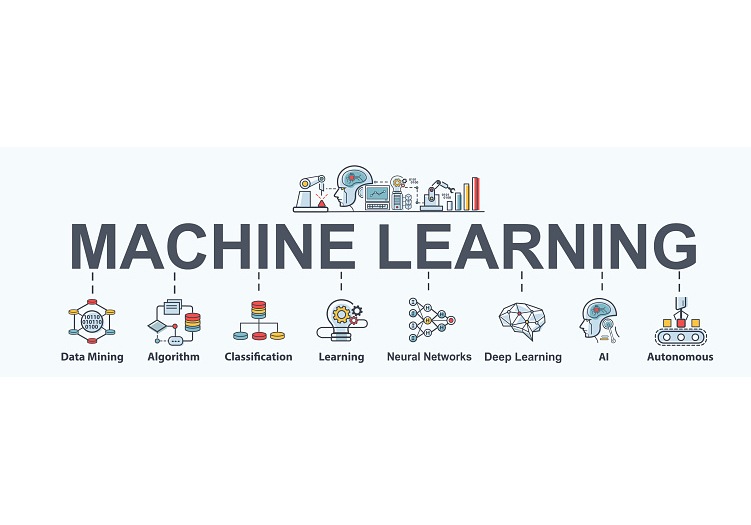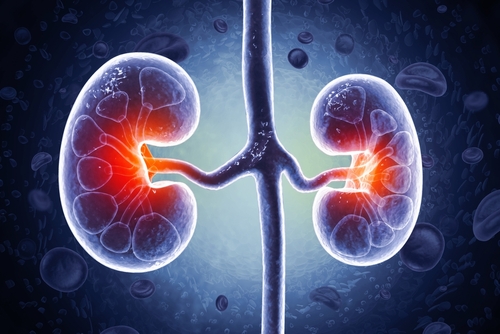
Detecting acute kidney injury (AKI) relies on comparison of current serum creatinine level to baseline level. Erina Ghosh, PhD, and colleagues reported a regression-based machine learning model to predict baseline serum creatinine [American Journal of Nephrology. doi.org/10.1159/00051890].
To predict baseline creatinine, the researchers developed and internally validated a gradient boosting model on patients admitted to the Mayo Clinic intensive care units (ICU) from 2005 to 2017. The model was externally validated on the Medical Information Mart for Intensive Care III (MIMIC III) cohort in all ICU admissions from 2001 to 2012. The researchers compared predicted baseline creatinine from the model with measured serum creatinine levels. They also compared the model’s performance with that of the back-calculated estimated serum creatinine from the Modification of Diet in Renal Disease (MDRD) equation.
A total of 44,370 patients from the Mayo Clinic and 6112 individuals from the MIMIC III cohort were eligible for enrollment. The model had significantly lower error than the MDRD back calculation (mean absolute error [MAE] of 0.248 vs 0.374 in the Mayo Clinic test data; MAE of 0.387 vs 0.465 in the MIMIC III cohort) and higher correlation (intraclass correlation coefficient [ICC], 0.559 vs 0.050 in the Mayo Clinic test data; ICC of 0.357 vs 0.30 in the MIMC III cohort).
In conclusion, the researchers said, “Using machine learning models, baseline serum creatinine could be estimated with higher accuracy than the back-calculated estimated serum creatinine level.”







 © 2025 Mashup Media, LLC, a Formedics Property. All Rights Reserved.
© 2025 Mashup Media, LLC, a Formedics Property. All Rights Reserved.